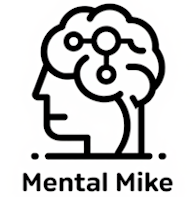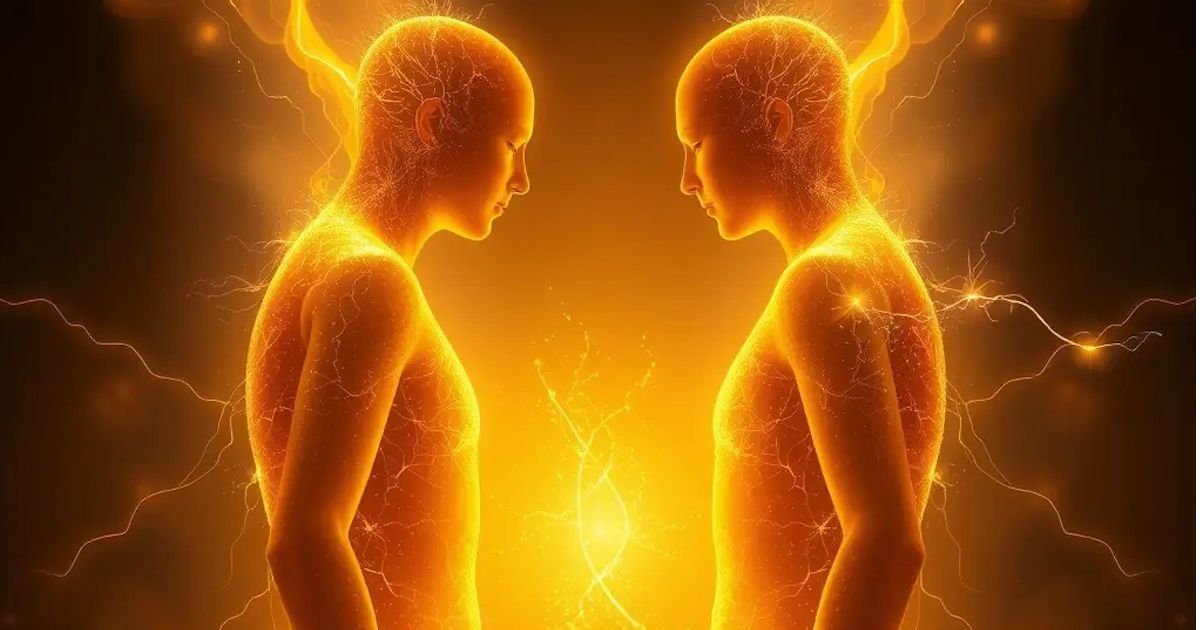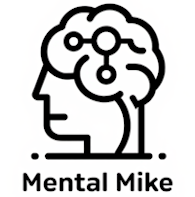We are wired for connection, yet most of us carry hidden scars from the very relationships that first taught us what love is supposed to feel like. Whether it came as neglect, criticism, inconsistency, or violation, the experience of early attachment wounding leaves more than just emotional confusion, it leaves behind an energetic imprint. In the Unified Flux Model (UFM), we understand attachment wounds as disruptions not just in psychological development, but in the relational energy field that forms between self and other. When the flow of love, attention, and trust is broken in childhood, the energy of the developing person begins to leak - seeking compensation, protection, or numbness.
Addiction, codependence, and relational reactivity often stem from these unrepaired ruptures. But the good news is this: relational fields can be rebuilt. Energy can be contained. Attachment wounds can be healed. The process begins with recognition, and continues through conscious reconnection.
The Relational Field: What It Is and Why It Matters
Every interaction between human beings involves an exchange of energy. Not metaphorically, but biologically and neurologically. Mirror neurons fire. Heart rhythms synchronize. Facial expressions activate limbic responses in others. These exchanges form what modern theorists call the intersubjective field, a shared energetic and emotional resonance space (Siegel, 2012).
Attachment experiences in early life are our first immersion in this field. The responsiveness of a caregiver helps wire the infant’s nervous system for regulation, trust, and emotional fluency. Secure attachment forms a strong energetic container - a felt sense of safety and belonging. Insecure attachment, however, creates inconsistency, collapse, or overstimulation in this field, leading to survival strategies rather than trust. These patterns don’t disappear with age. They become embedded energetic templates that influence every future relationship.
How Attachment Wounds Create Energy Leaks
When early needs are met with neglect or confusion, the developing child often compensates by splitting attention: part of the self performs for love, while another part hides or dissociates to avoid further pain. Over time, this creates energetic fragmentation—a constant state of seeking, defending, or numbing.
In adults, this often looks like:
From a UFM perspective, these aren’t just attachment styles—they’re patterns of energetic drainage. When the relational field is damaged, the person cannot fully contain or circulate their own energy. Their boundaries become porous. Their sense of self collapses under the pressure of unmet need.
The Neurobiology of Attachment and Disruption
Research confirms that attachment trauma changes the architecture of the developing brain. Early relational stress alters the function of the amygdala, hippocampus, and prefrontal cortex, impairing emotional regulation and social cognition (Teicher & Samson, 2016).
Moreover, studies in affective neuroscience show that securely attached individuals exhibit more coherent heart rate variability, greater vagal tone, and more adaptive responses to social stress (Porges, 2011). Insecurely attached individuals often show fragmented brain connectivity and erratic autonomic patterns—what we describe in UFM as energetic incoherence. Without relational repair, the body remains locked in cycles of hypervigilance, overcompensation, or emotional shut down.
Recognizing Your Own Relational Field Distortions
Before healing can begin, we must learn to notice where the energy of connection breaks down.
Some questions to explore:
These are signs that your relational field is still patterned by early wounds. The energy is leaking outward—toward approval, avoidance, or fantasy—rather than circulating in a coherent loop of giving and receiving.
UFM Practices to Repair the Relational Field
The Unified Flux Model offers a structured process to help clients identify and repair their relational energy system. The goal is not to “fix” the past, but to re-pattern the field so that new relational experiences can be encoded from a state of wholeness, not deficit.
Key practices include:
1. Energetic Boundary Mapping
Clients use visual, somatic, and narrative techniques to define where their energy ends and others' begins. This helps rebuild containment and reduce emotional fusion or collapse.
2. Attachment Role Reversal Exercises
Guided visualizations invite clients to symbolically “parent” the younger parts of themselves that adapted to survive insecure attachment. This restores internal trust and coherence.
3. Vagal Tone Training
Gentle breathwork and vocalization practices improve the ability to tolerate connection and repair social ruptures in real time, reinforcing energetic resilience.
4. Field Recalibration Meditations
Clients learn to consciously enter and exit shared energetic space with others, reducing codependent absorption and rebuilding sovereign energetic integrity.
5. Real-Time Relationship Scripts
Using structured communication templates, clients practice setting boundaries, asking for support, and revealing vulnerability in small, manageable doses—rewriting the field through lived interaction.
These exercises not only improve emotional fluency—they literally rewire the brain and stabilize the energetic field for sustainable relational health.
The Spiritual Invitation of Attachment Healing
In the UFM model, attachment wounds are not just psychological injuries—they are spiritual interruptions. When early caregivers fail to mirror our worth or respond to our needs, we begin to question our right to belong—not just in relationships, but in existence itself.
Repairing the relational field is more than therapeutic—it is sacred. It is the act of declaring: I deserve to be here, to be seen, to be held. It is the choice to stop outsourcing your energy and begin circulating it with integrity. And when that circulation returns, something miraculous happens.
People report feeling:
This is the true meaning of healing: not just freedom from pain, but restoration of flow.
References
Addiction, codependence, and relational reactivity often stem from these unrepaired ruptures. But the good news is this: relational fields can be rebuilt. Energy can be contained. Attachment wounds can be healed. The process begins with recognition, and continues through conscious reconnection.
The Relational Field: What It Is and Why It Matters
Every interaction between human beings involves an exchange of energy. Not metaphorically, but biologically and neurologically. Mirror neurons fire. Heart rhythms synchronize. Facial expressions activate limbic responses in others. These exchanges form what modern theorists call the intersubjective field, a shared energetic and emotional resonance space (Siegel, 2012).
Attachment experiences in early life are our first immersion in this field. The responsiveness of a caregiver helps wire the infant’s nervous system for regulation, trust, and emotional fluency. Secure attachment forms a strong energetic container - a felt sense of safety and belonging. Insecure attachment, however, creates inconsistency, collapse, or overstimulation in this field, leading to survival strategies rather than trust. These patterns don’t disappear with age. They become embedded energetic templates that influence every future relationship.
How Attachment Wounds Create Energy Leaks
When early needs are met with neglect or confusion, the developing child often compensates by splitting attention: part of the self performs for love, while another part hides or dissociates to avoid further pain. Over time, this creates energetic fragmentation—a constant state of seeking, defending, or numbing.
In adults, this often looks like:
- Clinging to unavailable partners
- Avoiding intimacy altogether
- Overgiving in order to feel worthy
- Disappearing in moments of emotional intensity
- Turning to substances or compulsions to soothe relational pain
From a UFM perspective, these aren’t just attachment styles—they’re patterns of energetic drainage. When the relational field is damaged, the person cannot fully contain or circulate their own energy. Their boundaries become porous. Their sense of self collapses under the pressure of unmet need.
The Neurobiology of Attachment and Disruption
Research confirms that attachment trauma changes the architecture of the developing brain. Early relational stress alters the function of the amygdala, hippocampus, and prefrontal cortex, impairing emotional regulation and social cognition (Teicher & Samson, 2016).
Moreover, studies in affective neuroscience show that securely attached individuals exhibit more coherent heart rate variability, greater vagal tone, and more adaptive responses to social stress (Porges, 2011). Insecurely attached individuals often show fragmented brain connectivity and erratic autonomic patterns—what we describe in UFM as energetic incoherence. Without relational repair, the body remains locked in cycles of hypervigilance, overcompensation, or emotional shut down.
Recognizing Your Own Relational Field Distortions
Before healing can begin, we must learn to notice where the energy of connection breaks down.
Some questions to explore:
- Do I feel drained or invisible in my relationships?
- Do I “lose myself” when I get close to others?
- Do I withhold love or truth out of fear of rejection?
- Do I chase connection but then feel suffocated by it?
- Do I give more than I receive—and feel secretly resentful?
These are signs that your relational field is still patterned by early wounds. The energy is leaking outward—toward approval, avoidance, or fantasy—rather than circulating in a coherent loop of giving and receiving.
UFM Practices to Repair the Relational Field
The Unified Flux Model offers a structured process to help clients identify and repair their relational energy system. The goal is not to “fix” the past, but to re-pattern the field so that new relational experiences can be encoded from a state of wholeness, not deficit.
Key practices include:
1. Energetic Boundary Mapping
Clients use visual, somatic, and narrative techniques to define where their energy ends and others' begins. This helps rebuild containment and reduce emotional fusion or collapse.
2. Attachment Role Reversal Exercises
Guided visualizations invite clients to symbolically “parent” the younger parts of themselves that adapted to survive insecure attachment. This restores internal trust and coherence.
3. Vagal Tone Training
Gentle breathwork and vocalization practices improve the ability to tolerate connection and repair social ruptures in real time, reinforcing energetic resilience.
4. Field Recalibration Meditations
Clients learn to consciously enter and exit shared energetic space with others, reducing codependent absorption and rebuilding sovereign energetic integrity.
5. Real-Time Relationship Scripts
Using structured communication templates, clients practice setting boundaries, asking for support, and revealing vulnerability in small, manageable doses—rewriting the field through lived interaction.
These exercises not only improve emotional fluency—they literally rewire the brain and stabilize the energetic field for sustainable relational health.
The Spiritual Invitation of Attachment Healing
In the UFM model, attachment wounds are not just psychological injuries—they are spiritual interruptions. When early caregivers fail to mirror our worth or respond to our needs, we begin to question our right to belong—not just in relationships, but in existence itself.
Repairing the relational field is more than therapeutic—it is sacred. It is the act of declaring: I deserve to be here, to be seen, to be held. It is the choice to stop outsourcing your energy and begin circulating it with integrity. And when that circulation returns, something miraculous happens.
People report feeling:
- Emotionally less reactive and more compassionate
- Able to hold intimacy without losing themselves
- Free from chasing unavailable love
- Spiritually grounded in their own worth
- Energetically balanced in how they give and receive
This is the true meaning of healing: not just freedom from pain, but restoration of flow.
References
Porges, S. W. (2011). The polyvagal theory: Neurophysiological foundations of emotions, attachment, communication, and self-regulation. W. W. Norton & Company.
Siegel, D. J. (2012). The developing mind: How relationships and the brain interact to shape who we are (2nd ed.). Guilford Press.
Teicher, M. H., & Samson, J. A. (2016). Annual research review: Enduring neurobiological effects of childhood abuse and neglect. Journal of Child Psychology and Psychiatry, 57(3), 241–266. https://doi.org/10.1111/jcpp.12507



